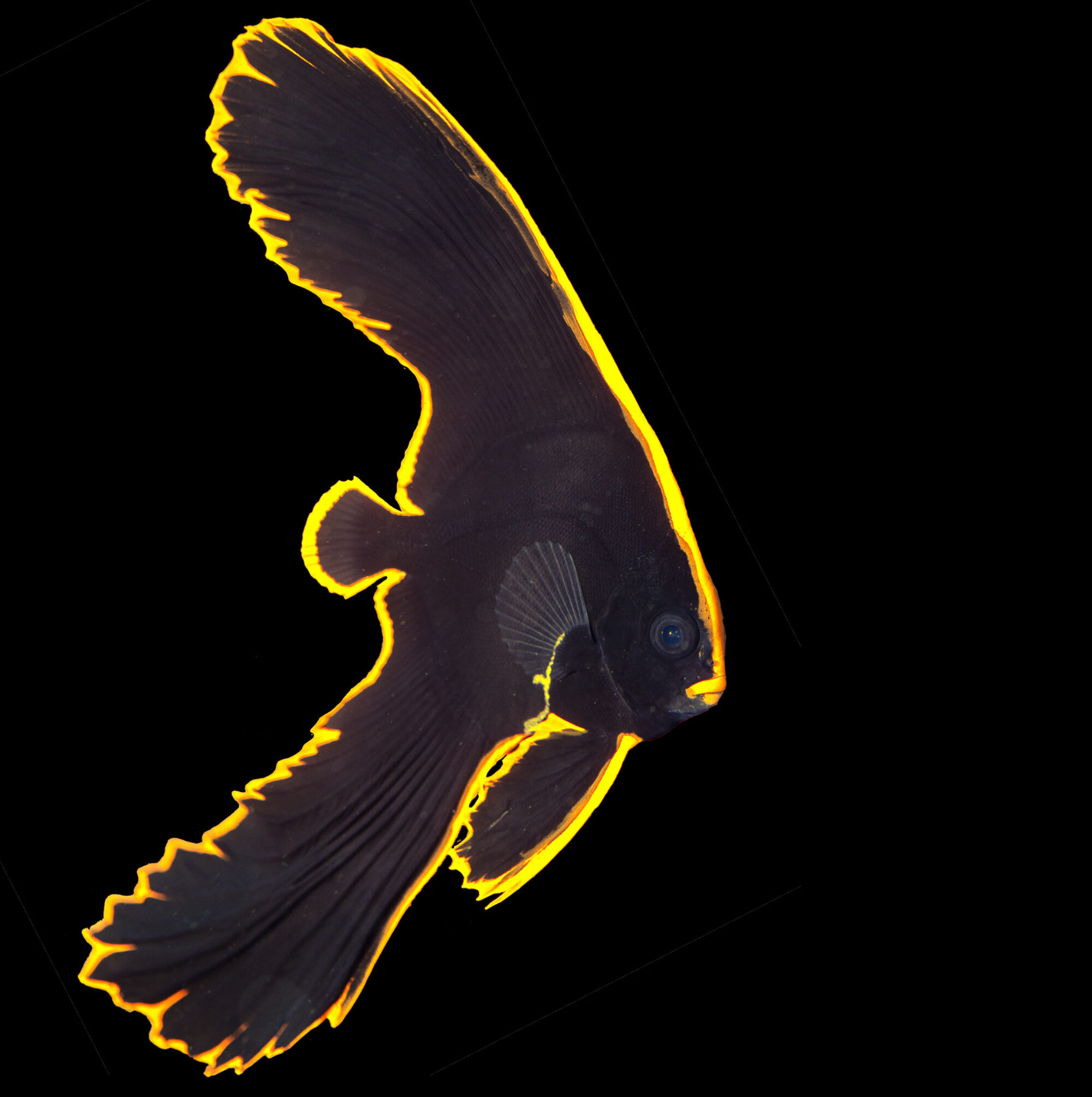As explained in the previous article, the main topic in photography is how to get enough light on your sensor. Specially in Underwater photography, Aperture is a huge topic, that’s why I discussed it first. As explained, Aperture determines how wide my lens opens to let in light. There is another factor that comes on top of that however: For how long do I let light into the camera?
Shutter Speed
Shutter speed determines how long I let light into the camera and therefore on the sensor. The longer the shutter is open, the more light can come on the sensor. So generally, specially in dark environments where light is sparse, you want to keep the shutter open as long as possible. The issue however is that the sensor records all the movement during that time as well. If there is too much movement, the image will look blurry. With a faster shutter speed, the image will be always sharper (provided the focus is given) even if the object of the camera is moving. So you have the dilemma between more light or more sharpness. Shutter speed is measured in fractions of a second such a 1/50 or 1/250. 1/50 is slower than 1/250 and lets in less light but will guarantee a sharper photo.
What determines my shutter speed requirements?
- How fast does your object move relatively to the frame of the photo?
Apart from the actual speed of the object you are taking, the size of the object within the picture is very relevant. If you are shooting with a wide angle at a coral garden and a small fish in a corner moves a centimeter during the shutter being open, you might not see any effect in the image. If you zoom in on the fish and it moves across the whole picture, it will be surely blurry. - How much does the camera move during the shot?
You move the camera involuntarily when you push the shutter button. This effect is even more visible when you have a stronger zoom. On dry land, the general rule of shutter speed to avoid that from becoming visible in the image is to adjust the shutter speed at minimum to the zoom factor. So for example, when you shoot with a 50mm lens, use at least 1/50 of a second. If you have a 300mm lens, use a 1/300 of a second and so on. That, however applies only for dry land and stationary subjects. Under water, where you are moving, the subject is moving, you have to use faster settings than on dry land. - Do I have a stabilized lens or camera?
There are more and more cameras and lenses on the market that offer image stabilization. If you have one of those, you might be able to reduce the shutter speed since it will reduce the hand shake but it will not compensate for the speed of the object you are shooting. - Are you using a flash?
If you are using a flash, there is something called the flash sync speed. This is the shutter speed at which the camera can still communicate with the flash to set the right lighting strength. This needs to be checked in the manual of your camera. If you are using a flash, that sync speed will be your maximum speed. If you set it to something faster, you won’t get the right flash strength.
So what shutter speed should I set?
You need to find that out yourself. Take photos at different speeds and see if it looks sharp or not, right there and then. A safe range would be anywhere between 1/160 to 1/250, depending on your light situation.
ISO?
ISO is a measurement of the light-sensitivity of your sensor. A high ISO will record more light, a low ISO will record less. The issue with using a high ISO is that the image is overall grainier and has sort of a colored grain, specially in dark areas of the image. More expensive cameras usually have a higher maximum ISO and will give you a better picture quality despite a high ISO.
If you shoot without a flash, I would leave that setting on automatic. By changing the aperture and the shutter speed you already have enough tools to handle yourself. Let that one be controlled by the camera. There is a risk of course that the image will be grainy, but better than than blurry.
If you are shooting with a flash you can set that to a fixed, low value to get the maximum image quality necessary.

